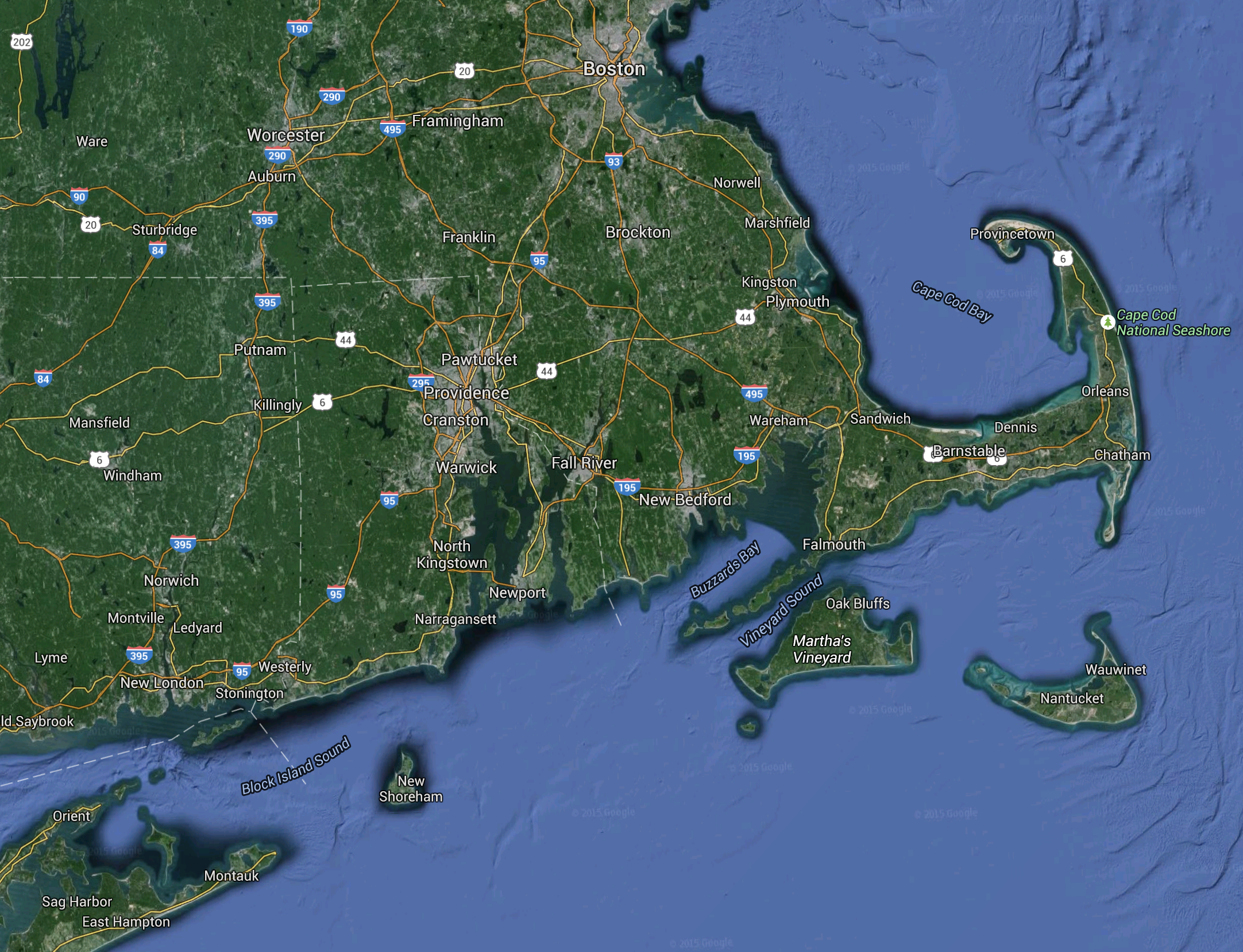Thomas Mayhew Creates a Feudal Manor on Nantucket and Martha’s Vineyard
“I am monarch of all I survey. My right there is none to dispute.”--Governor for Life, Thomas Mayhew
Thomas Mayhew arrived at the Plymouth Colony circa 1632, looking to make a bit of money for himself. But it soon became clear that his business ventures were less than successful.
But, there was still opportunity . . . Thousands of other persons immigrated to New England in the two decades following the landing of the Pilgrims and new colonies were sprouting all over New England. The Council for New England, which had been charged with the development of English New England, dissolved itself in 1630 and divvied up the various lands among its members. Notably, Sir Fernando Gorges was given the Province of Maine and Lord Stirling was given New York including Long Island.
In 1641, an agent of Lord Stirling convinced the 50-year-old Mayhew that ownership of some offshore islands, now called Martha’s Vineyard and Nantucket, was the way out of his financial problems. Mayhew purchased the islands.
Due to the vagueness of the land grants, it was possible that the Maine grant to Fernando Gorges also included the islands. So, Mayhew purchased the rights from Gorges also. The price was probably small because the islands were small in comparison with the Maine grant, uncolonized, and apparently of little value. Attending to every detail, Mayhew also negotiated with the sachems (chiefs) of the islands’ Indians to secure their rights to the land. (In fact, Mayhew’s treatment of the Indian population of the islands was exemplary, avoiding many of the problems that occurred on the mainland.)
In 1641, Mayhew made grants of land to five friends so that they might begin building a town on Martha’s Vineyard, even though Mayhew himself did not live on the island for another five years.
When the population of the islands was small, we can imagine that Mayhew served as an arbiter. As the settlement grew, though, Mayhew made no attempt to create a class of “freemen” (as on the mainland) or to provide voting rights to others. It became clear that Mayhew intended to establish a medieval-style, hereditary aristocracy over the islands. Following the sale of Lord Stirling’s grants to the Duke of York, Mayhew was acknowledged as the Governor for Life and Chief Justice of the Courts, and his son was appointed as the customs collector. His cronies occupied other key positions of government.
When the Dutch briefly recaptured New York, some of the islands’ inhabitants seized the opportunity to rebel and demanded Mayhew’s abdication. When he refused, they appealed to Massachusetts, which declined to intervene. In 1674, the Dutch settled the claim to New York in favor of the English. The re-instated Governor Edmond Andros, believing that the rebels had been allied with the Dutch, promptly empowered the 81-year-old Mayhew to enact all penalties short of execution or banishment. Mayhew crushed the rebellious settlers by fining individuals so heavily that they were financially ruined. Mayhew’s rule continued until his death 8 years later whereupon his son, Matthew, was named as Chief Magistrate. The governance of Martha’s Vineyard was changed to convert it into a feudal manor with the son as Lord of the Manor of Tisbury.
Fate intervened in the form of the “Glorious Revolution” in England, deposing the Stuart monarch. The various royal appointees in the New World were discharged and, in 1692, the islands of Martha’s Vineyard and Nantucket were detached from New York and added to a rechartered Massachusetts colony. Gradually, the grip of the Mayhew family was relaxed and the islands granted more typical governance. A great-great grandson Micajah Mayhew attempted to assert rights of the manor as late as 1750, but the locals declined to recognize him.
Gov. Thomas Mayhew is a 9th great-grandfather of the Moore brothers. One of the rebels, Nicholas Norton, is an 8th great-grandfather.
